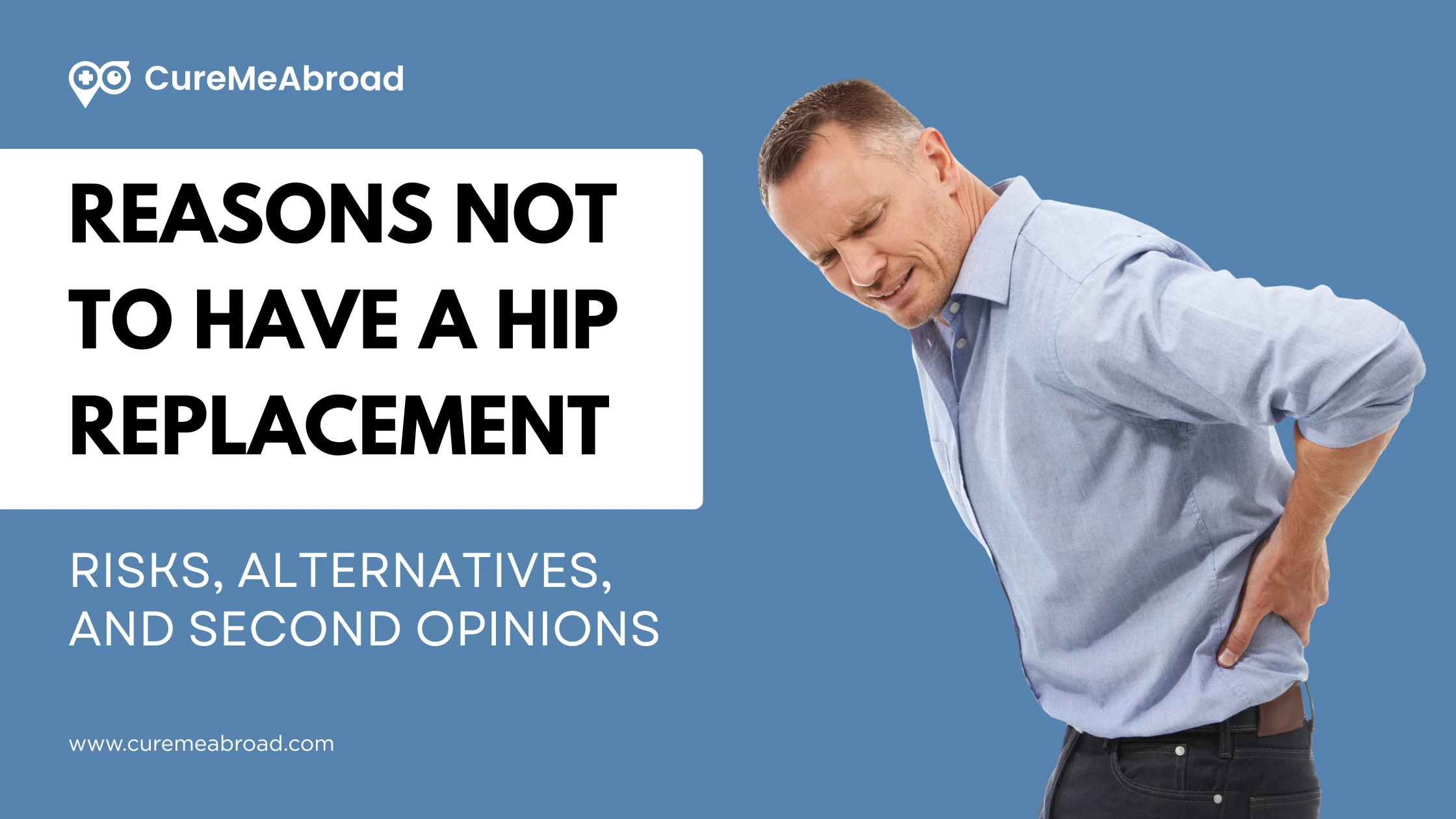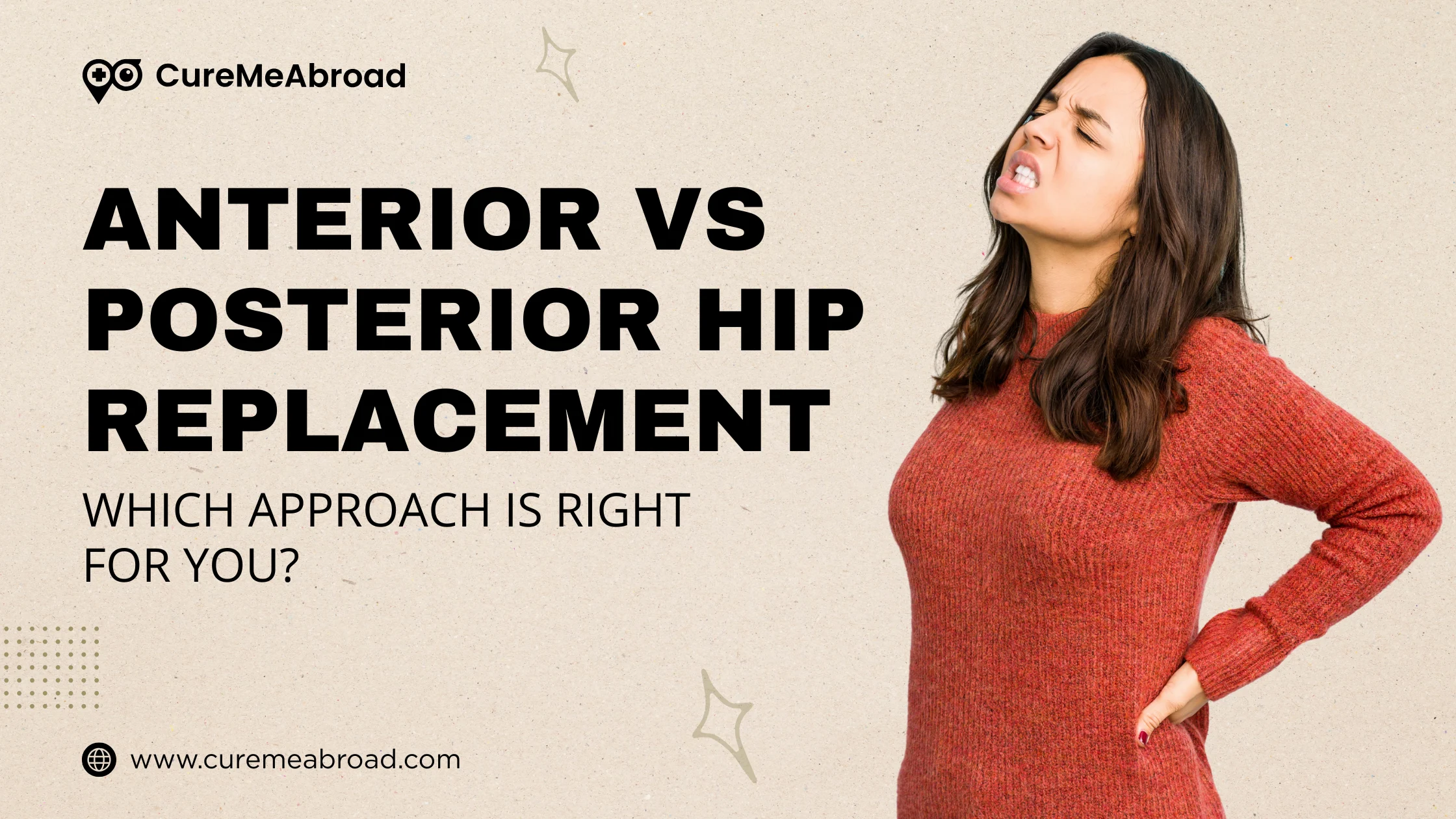Losing weight is a challenge many face, and maintaining a healthy diet while managing hunger and energy levels can often feel overwhelming. Among the strategies gaining considerable attention are protein shakes for weight loss. They’re easy to prepare, convenient to consume, and often touted as a helpful tool for slimming down.
But do protein shakes really work for weight loss? And if so, which ones offer the best results?
How Do Protein Shakes Aid Weight Loss?
At the foundation, weight loss boils down to burning more calories than you consume. Protein plays a vital role in this because it influences how full you feel, your muscle strength, and your metabolism. Protein shakes provide a concentrated, easy-to-consume source of protein which can help achieve these effects. Here's how they support weight loss:
1. Protein Reduces Hunger and Keeps You Full Longer
One of the toughest parts of dieting is managing hunger and cravings. Protein influences hormones like ghrelin (the hunger hormone) and increases appetite-reducing hormones such as GLP-1 and PYY.
Consuming protein shakes can give you sustained energy with fewer calories and help suppress cravings between meals. Studies also show that getting around 35 grams of protein in one sitting is most effective at reducing appetite, making shakes an ideal vehicle to hit that target.
2. Protein Preserves Lean Muscle During Weight Loss
A common problem while dieting is losing muscle along with fat. This loss of lean muscle mass can slow your metabolism, making it harder to keep weight off long-term. Protein shakes, especially those rich in whey protein, help maintain muscle mass when combined with a calorie deficit. Retaining muscle means your metabolism stays healthier, allowing you to burn more calories even at rest.
3. Protein Has a Higher Thermic Effect
Digesting protein requires more energy compared to fats or carbs a concept called the thermic effect of food (TEF). This means your body burns more calories digesting protein shakes, giving you a slight metabolic boost.
4. Convenient and Controlled Portions Aid Calorie Control
For many, calorie counting and meal prep can be challenging. Protein shakes offer a quick, measured portion of quality nutrients that can replace higher-calorie snacks or meals, making it easier to stay within a calorie goal.
What Does Science Say?
A range of studies backs up the weight loss benefits of protein shakes:
- A 12-week study showed that participants consuming whey protein shakes before meals lost more fat while retaining muscle compared to those consuming lower protein or isocaloric controls.
- Another study found that older adults consuming protein shakes alongside an exercise program improved muscle strength and lost fat more effectively than those without supplemental protein.
- Meta-analyses report that high protein intake, achievable through protein shakes, consistently reduces hunger, promotes fullness, and supports fat loss when combined with diet and exercise.
That said, protein shakes aren’t a magic bullet results depend on overall diet, physical activity, and consistency. They’re most effective as part of a balanced weight loss plan, not as sole meal replacements long-term.
Which Protein Shakes Are Best for Weight Loss?
Choosing the right protein shake depends on your dietary preferences, goals, and any allergies or sensitivities. Here are some common types to consider:
Whey Protein
Derived from milk, whey protein is popular for its high biological value, rapid digestion, and rich essential amino acid profile. It’s especially effective at preserving muscle mass and promoting fat loss. Whey concentrates, isolates, and hydrolysates vary in processing and purity.
Casein Protein
Another dairy-based protein, casein digests more slowly, providing a steady release of amino acids. It’s ideal for nighttime consumption or prolonged satiety.
Plant-Based Proteins
Options like pea, hemp, soy, and brown rice protein accommodate vegan or dairy-free diets. While some plant proteins are incomplete individually, blends ensure a balanced essential amino acid profile.
Protein + Fiber Blends
Shakes that combine protein with added fiber enhance fullness and improve digestion, aiding weight management.
Tips for Maximizing Weight Loss with Protein Shakes
- Use shakes to replace high-calorie snacks or meals, not to add extra calories.
- Pair shakes with a balanced diet rich in whole foods for best results.
- Incorporate strength training to preserve or build muscle while losing fat.
- Watch added sugars and artificial ingredients in some commercial protein powders.
- Aim for at least 20–35 grams of protein per shake based on individual needs.
Potential Considerations and Side Effects
Protein shakes are generally safe for most people but watch out for:
- Digestive issues: Some may experience bloating or discomfort, especially with lactose-containing whey or overconsumption.
- Allergies: Check ingredients carefully if you have milk, soy, or other allergies.
- Calorie balance: Relying solely on shakes without overall calorie control can stall weight loss.
- Sustainability: Whole foods should remain primary; protein shakes are a supplement, not a lifestyle replacement.
Do Protein Shakes Work for Weight Loss?
Yes, protein shakes for weight loss can be an effective tool when integrated into a healthy lifestyle. They help control hunger, preserve muscle, boost metabolism, and offer convenient nutrition.
However, no supplement works alone success depends on consistent healthy eating, calorie control, and physical activity.
For those seeking an easy, science-backed way to support their weight loss journey, a well-chosen protein shake can be a valuable ally. Discuss your goals with a healthcare professional or dietitian to tailor the right plan for you.









